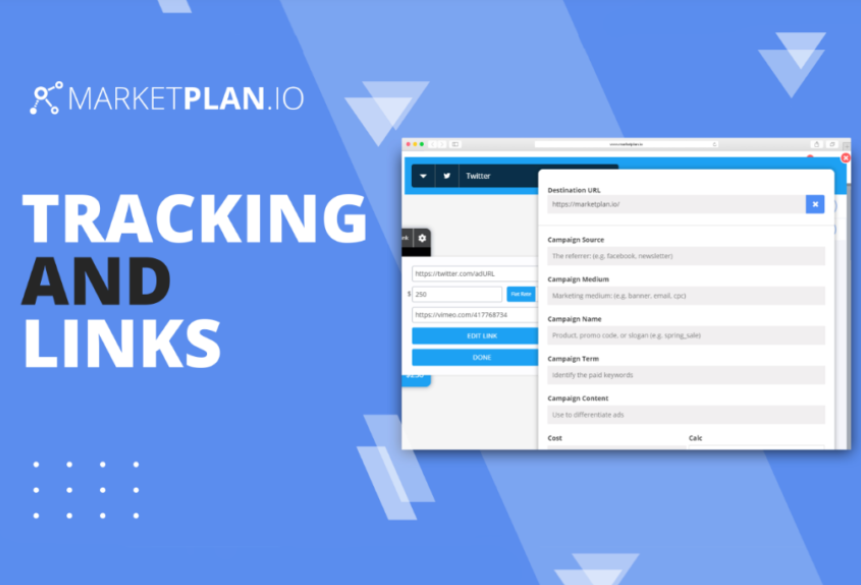Marketing Funnel and Customer Journey Map

While running a business, the experience of your consumers has to be the highest priority at all times—which is why your marketing strategies should always be in line with what they perceive as good.
After all, your brand is only as good as how your customers perceive it, thus the ongoing task of constantly improving your marketing & sales process to always give your customers a better experience.
Improving your business’ operation and marketing strategy effectively requires a tremendous amount of data to work on. While there may be numerous factors that affect a customer’s purchasing decision, a simple look into the flow of their experience can provide some insight as to how to improve.
At any point, a bird’s eye view of your brand’s overall marketing strategy must be accessible to constantly improve & fine tune it.
In order to view these properly, two frameworks could be applied: the Marketing Funnel and the Customer Journey Map. By utilizing both in the assessment of your customer’s experience, you can create an even better flow that can keep your customers or clients satisfied.
The Marketing Funnel

The marketing funnel—or a sales funnel depending on your business model and strategy used—is a framework that helps you segment and analyze each step of a potential customer’s buyer’s journey.
It starts with the basic premise that people who view your business are not immediately a customer, with each step further cementing their decision to choose your products and services.
The “funnel” analogy shows how numerous potential customers “enter” your sales process, but only a few “make it out” to the other end and actually make a purchase.
By focusing on certain aspects of your sales process, the goal is to “widen” the ending funnel to ultimately increase your overall sales.
The basic sales funnel has four major steps: Awareness, Interest, Decision, and Action—or the AIDA model. As a customer passes through each step, they create a deeper commitment towards making a purchase—which is where marketers take action to have customers go through each part of the process.

Depending on your business type and your ideal customer profile, each step in this process could become very complex and hence it becomes absolutely vital to plan each step, map it out and keep a track of it once it goes live.
The more time and effort that goes into the planning, the more seamless and effective your funnel becomes.
If you are an agency or a sales & marketing team, another important aspect that comes into effective planning is active collaboration within the team members.
More ideas and brainstorming sessions within a team would bring about new ways to improve a funnel to increase conversions, reduce the number of friction points, and to simplify it for the users.
There is little surprise that project management and team collaboration SaaS tools have gained a huge amount of traction in recent times. Companies and brands have understood the positive effects of good collaborative work rather than individual brilliance.
The Customer Journey Map
The customer journey map, on the other hand, focuses on the entire journey of a customer and their relationship with your business and brand.
Unlike the marketing funnel that focuses on getting a potential buyer to make a purchasing decision, the customer journey map focuses on obtaining the loyalty of a consumer and pushing them to become a return customer to purchase repeatedly.
The overall goal of this method is to review each step that a customer takes until they make a decision to purchase again from you.
Right after the first purchase is done, your planning and strategy starts to gain the loyalty of that customer to bring them back again for the next purchase. This phase between the first and the subsequent purchase is where your strategy has to be planned and mapped out extensively.
An introspective look to your business’ buying experience through the lens of a customer can provide you insight on certain chokepoints and weak links that could cause a consumer to not patronize you.
While you may be able to do this through a general look-through of your process, having a consistent look into the comments, feedback, reviews, and suggestions of your regular consumers can come in handy.
By taking note of the data gathered through this model, you can improve your business process, resulting in overall ease of your consumers’ experience. This will then deepen your relationship with your customers—which inevitably breeds loyalty to your brand.
Irrespective of your business model, it can be B2B or B2C, e-commerce or an agency, tracking this journey map gives a significant improvement in overall retention of your existing customers/clients, thereby increasing the revenue numbers.
Conclusion
Improving your business process can easily be done through the strategic and well-implemented use of two models: the marketing funnel and the customer journey map. Not only can you increase the conversion rate that you have through these, but you can also help establish better loyalty from your repeat customers—thus letting your business stay relevant in the market.
Are you looking for marketing software to help enhance your overall strategy? At MarketPlan, we provide you an all-in-one platform solution to help your run and visualize each facet of your marketing strategy. Get in touch with us and sign up to obtain a free account today.




